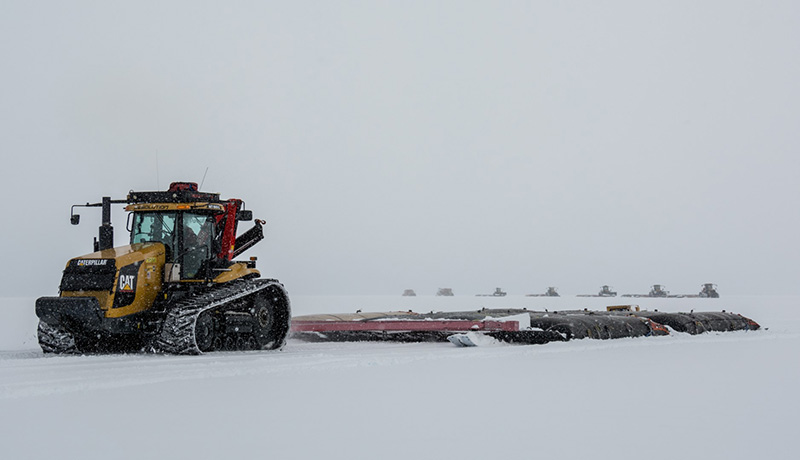
Photo Credit: Mike Lucibella |
A tractor lugging fuel bladders rounds a corner shortly after leaving McMurdo Station, starting its journey of more than 1,000 miles to the South Pole. |
Podcast: The South Pole Traverse
A Convoy to the Bottom of the Planet
By Michael Lucibella, Antarctic Sun Editor
Posted May 20, 2019

Photo Credit: Mike Lucibella
Prior to leaving McMurdo Station, a line of tractors sits parked at the traverse's staging area. The SPoT team is busy making last minute preparations for their imminent departure.
In Antarctica, scientists conduct cutting edge research on a harsh and barren continent. It's no easy task, but to help make it happen, the U.S. Antarctic Program employs small army of support staff to get these researchers the supplies they need, transport them to where they need to go and keep them safe throughout.
A lot of the jobs they do are the same that any small town needs to function, often with a specialized twist that comes with working in such a remote place, but others can be less obvious. The Antarctic Sun Podcast is taking a behind-the-scenes look at the workers and what they do to make science at the bottom of the world possible.
This Episode: The South Pole Traverse
Three times a year, a fleet of big yellow tractors sets out from McMurdo Station, heading south. They're hauling fuel for Amundsen-Scott South Pole Station to keep it powered through the long austral winter. The three-week haul across the frozen continent's barren landscape is a major undertaking. The team of operators have to bring with them everything they'll need for the long trip.
Over the more than 1,000 mile drive, they encounter everything Antarctica can throw at them: frigid temperatures, unpredictable weather, ever-changing terrain and vast, seemingly endless planes of snowy nothing. Drive along with the team as they brave the elements and deliver fuel to the bottom of the planet.
Photo Gallery
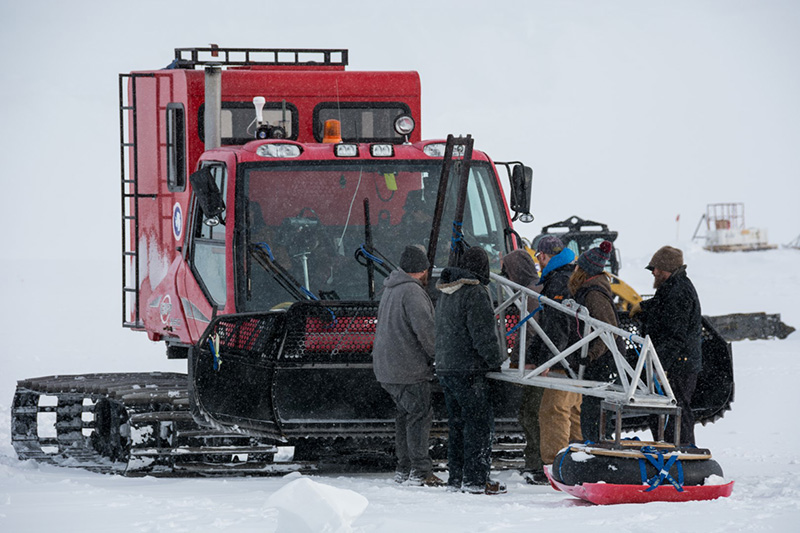
Photo Credit: Mike Lucibella
The SPoT team hooks up a boom carrying a ground penetrating radar to the front of a PistenBully tracked vehicle. As the lead vehicle on the traverse, it'll look for dangerous crevasses, snow-covered cracks in the ice that a tractor could fall into.
|
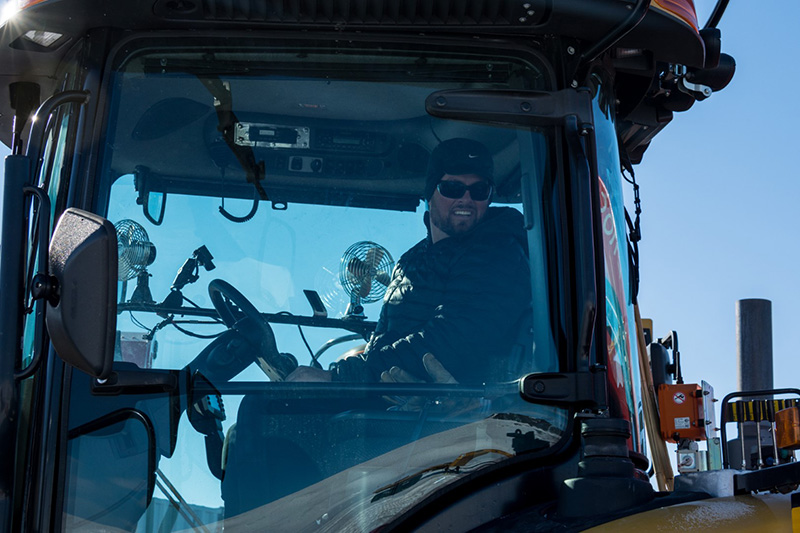
Photo Credit: Mike Lucibella
Operator Thor Lossen looks back as he drives his tractor away from the staging area and begins the 1,000-mile journey to the South Pole.
|

Photo Credit: Mike Lucibella
In addition to fuel, the SPoT has to pull along the team's living quarters, food supply and any spare parts and tools they might need.
|
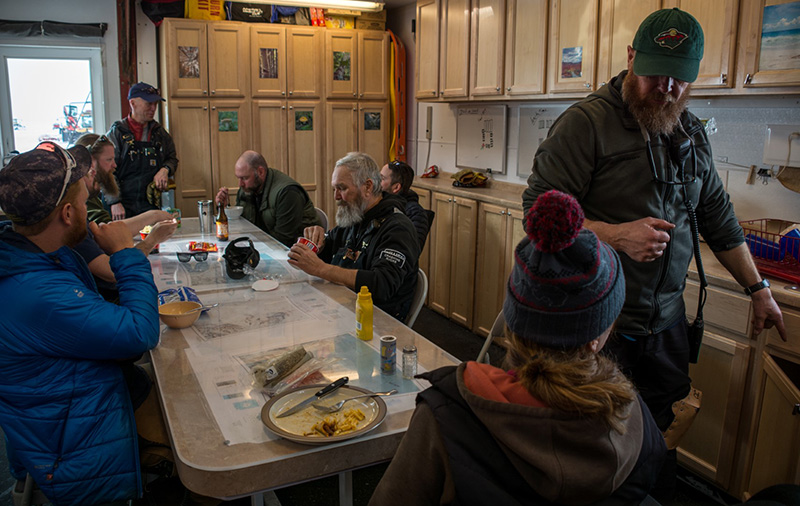
Photo Credit: Mike Lucibella
Inside the kitchen module, the SPoT team stops for lunch.
|
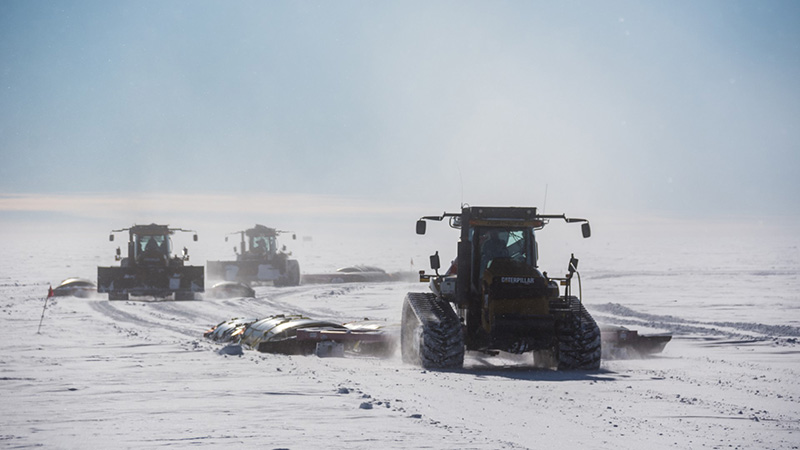
Photo Credit: Mike Lucibella
After driving for about three weeks across the barren Antarctic continent, the traverse arrives at the South Pole, fuel bladders in tow.
|
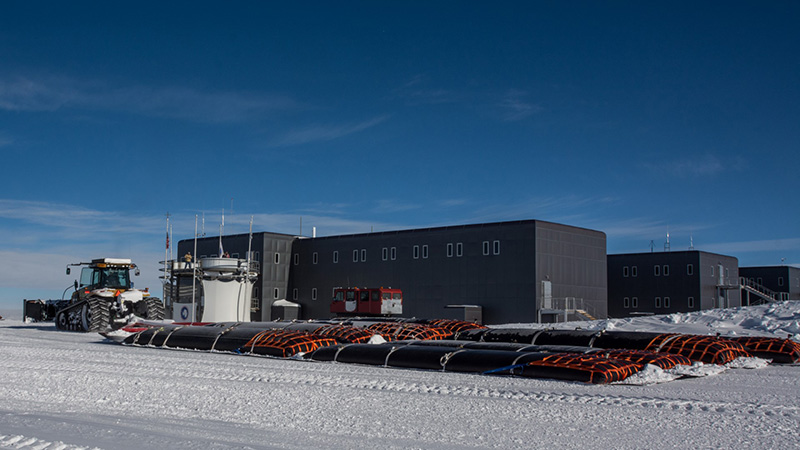
Photo Credit: Mike Lucibella
A tractor drives past the main entrance to Amundsen-Scott South Pole Station. The fuel they dragged will power the station through the long austral winter.
|
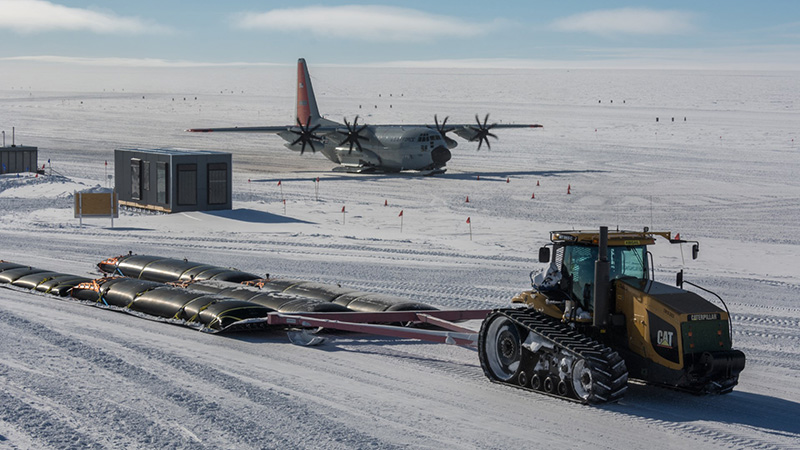
Photo Credit: Mike Lucibella
Each tractor pulls about eight planeloads of fuel.
|

Photo Credit: Mike Lucibella
After arriving at the South Pole, Stephen Kriete knocks snow off of his tractor. After staying for a few days at the station, the SPoT Team will climb back into their tractors and drive back to McMurdo.
|














